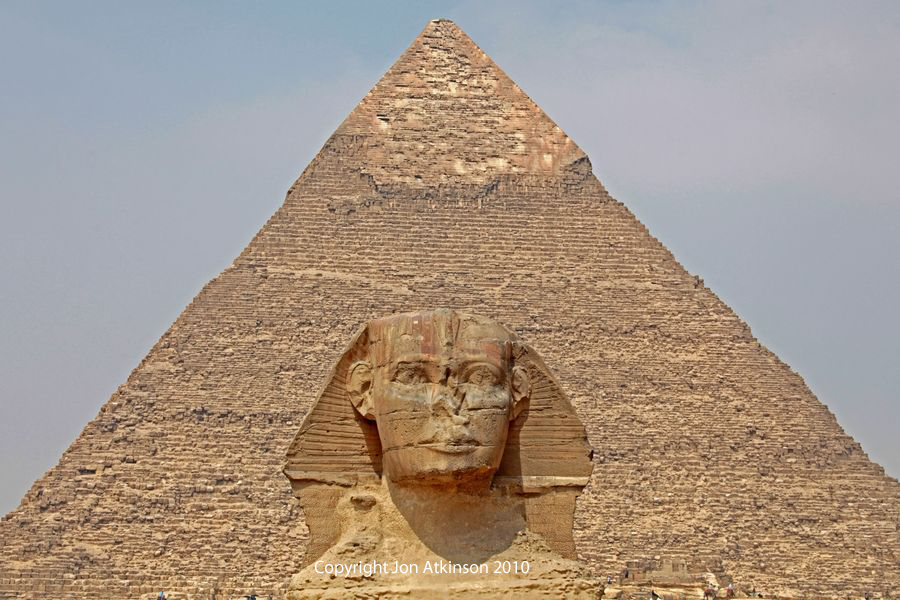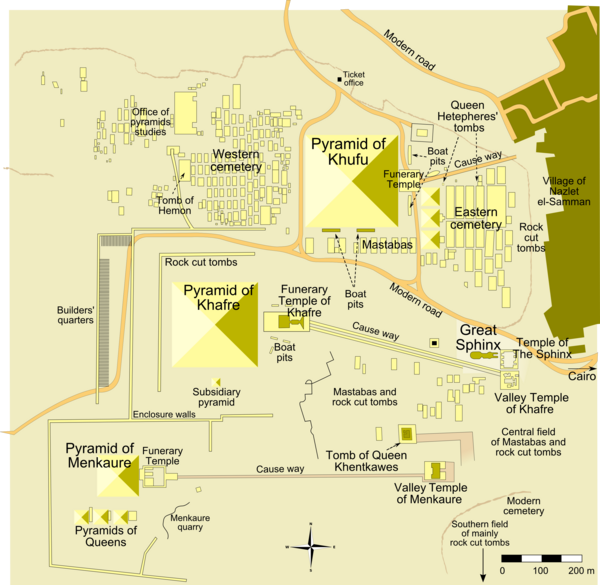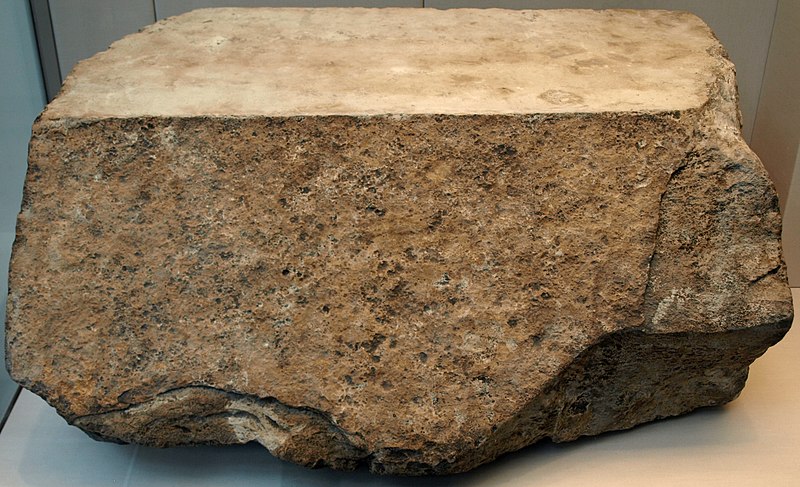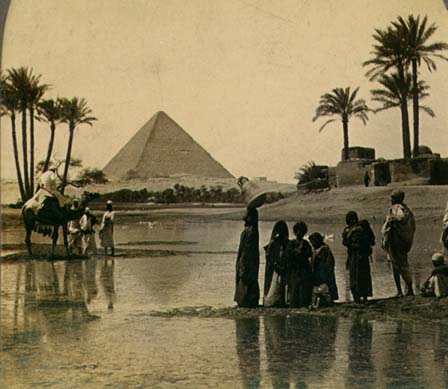
The most amazing pyramid- Pyramid of Giza

Wonderful sunset !!

The map of Pyramid Giza
Location : Great Pyramid Of Giza, Giza, Egypt.
The Great Pyramid of Giza (also known as the Pyramid of Khufu or the Pyramid of Cheops) is
the oldest and largest of the three pyramids in the Giza Necropolis bordering what is
now El Giza, Egypt. It is the oldest
of the Seven Wonders of the Ancient World, and the only one
to remain largely intact. Based on a mark in an interior chamber naming
the work gang and a reference to fourth dynasty Egyptian Pharaoh Khufu, Egyptologists believe that the
pyramid was built as a tomb over a 10 to 20-year period concluding around 2560
BC. Initially at 146.5 metres, the Great Pyramid was the tallest man-made structure in the world for
over 3,800 years. Originally, the Great Pyramid was covered by casing stones
that formed a smooth outer surface, what is seen today is the underlying core
structure. Some of the casing stones that once covered the structure can still
be seen around the base. There have been varying scientific and alternative
theories about the Great Pyramid's construction techniques. Most accepted
construction hypotheses are based on the idea that it was built by moving huge
stones from a quarry and dragging and
lifting them into place.

Casing stone for the Great Pyramid

Great Pyramid of Giza in 19th century
The
Great Pyramid consists of an estimated 2.3 million limestone blocks which
most believe to have been transported from nearby quarries. The Tura
limestone used for the casing was quarried across the river. The largest
granite stones in the pyramid, found in the "King's" chamber, weigh
25 to 80 tonnes and were
transported from Aswan, more than
800 km away. Traditionally, ancient Egyptians cut stone blocks by
hammering wooden wedges into the stone which were then soaked with water. As
the water was absorbed, the wedges expanded, causing the rock to crack. Once
they were cut, they were carried by boat either up or down the Nile River to the pyramid. It
is estimated that 5.5 million tonnes of limestone, 8,000 tonnes of granite
(imported from Aswan), and 500,000 tonnes of mortar were used in the
construction of the Great Pyramid.

Diagram of the interior structure of the Great Pyramid of Giza
The
original entrance to the Great Pyramid is 17 metres vertically above ground
level and 7.29 metres east of the center line of the pyramid. After 105.23
metres, the passage becomes level and continues for an additional 8.84 metres to
the lower Chamber, which appears not to have been finished. There is a
continuation of the horizontal passage in the south wall of the lower chamber,
there is also a pit dug in the floor of the chamber. At the start of the Grand
Gallery on the right-hand side there is a hole cut in the wall, (and now
blocked by chicken wire). This is the start of a vertical shaft which follows
an irregular path through the masonry of the pyramid to join the Descending
Passage. Also at the start of the Grand Gallery there is a Horizontal Passage
leading to the "Queen's Chamber". The passage is 1.1 metre high for
most of its length, but near the chamber there is a step in the floor, after
which the passage is 1.73 metres high.
No comments:
Post a Comment